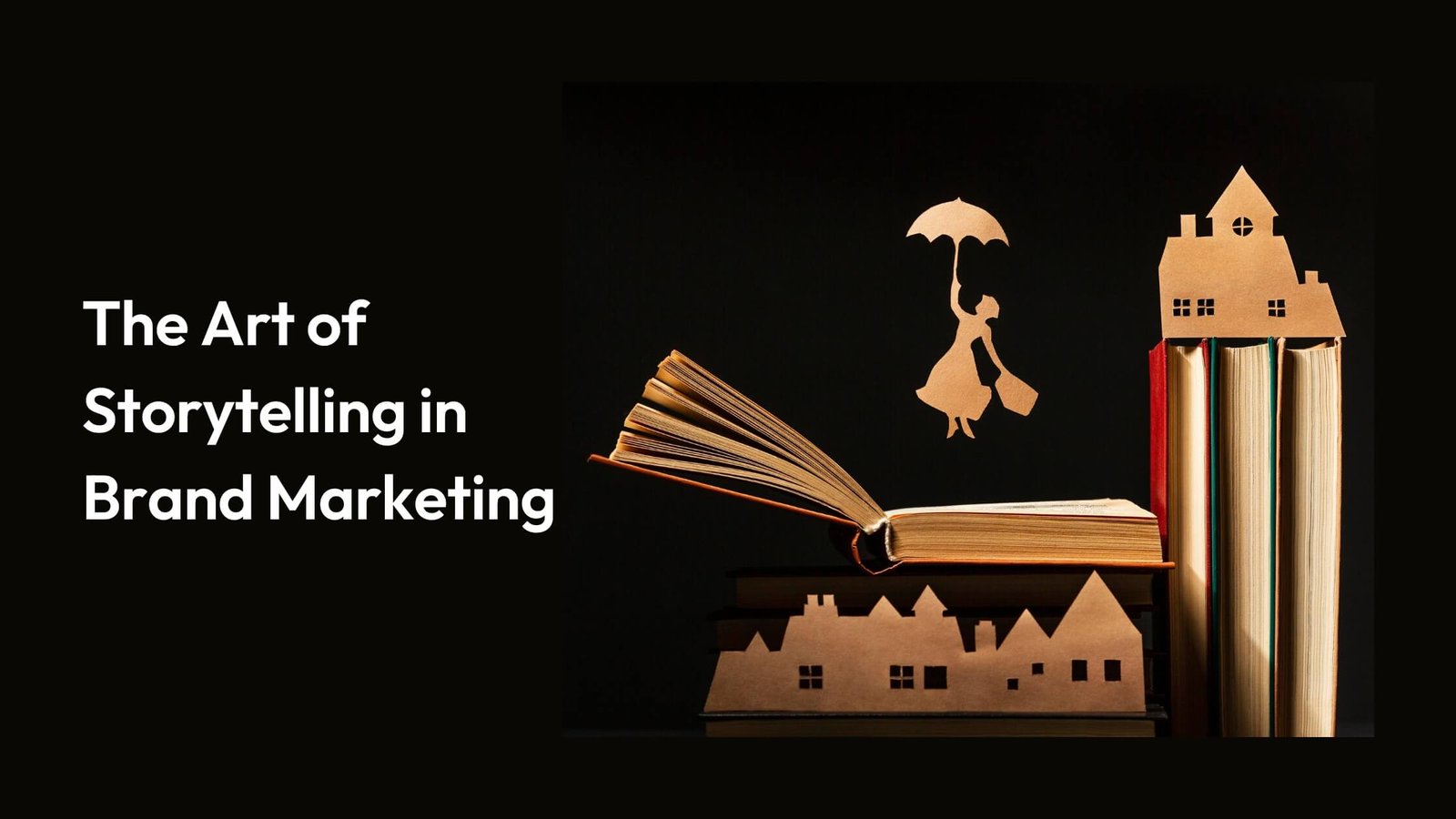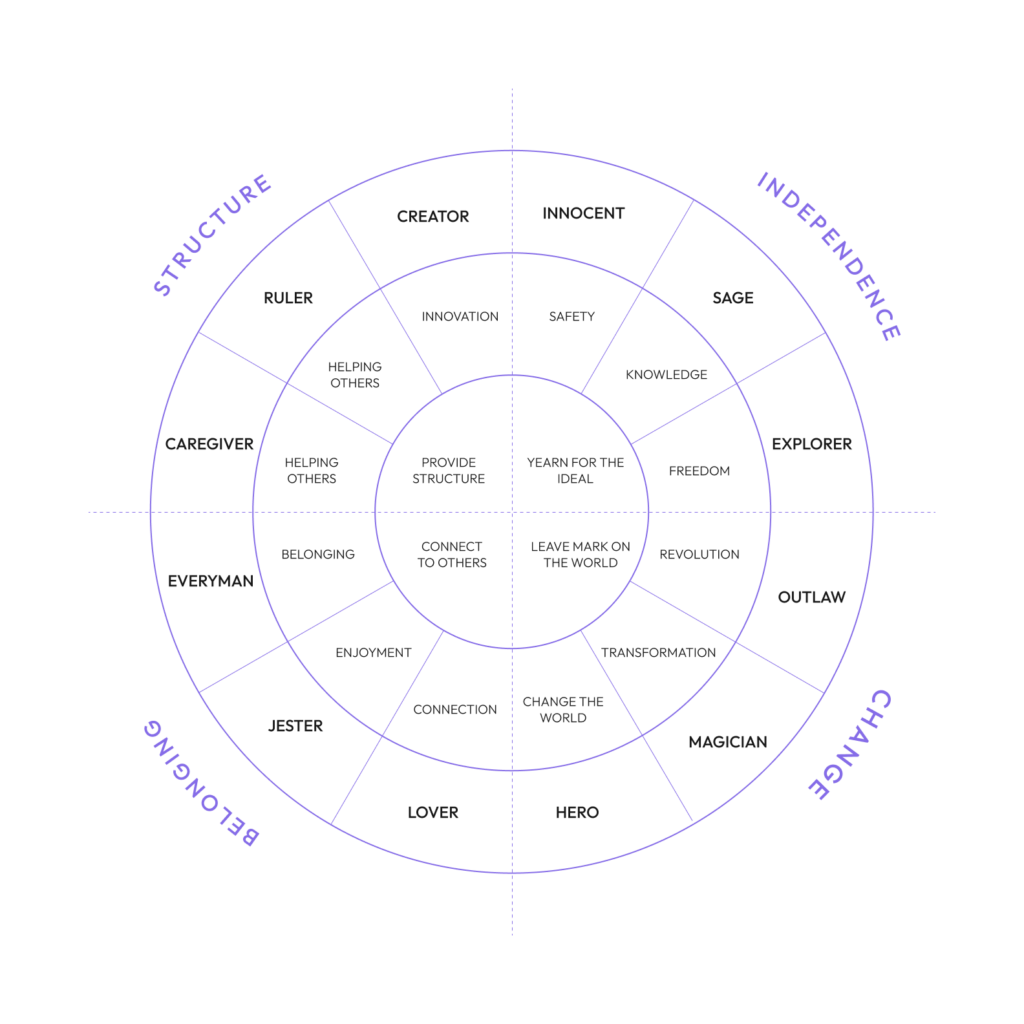The Art of Storytelling in Brand Marketing

In today's competitive marketplace, it's not enough to have a great product or service. To stand out from the competition and connect with your audience on a deeper level, you need a compelling brand story. But what exactly is a brand story, and how do you create one that resonates with your target audience?
What is Brand Storytelling?
The art of storytelling in brand marketing is a powerful tool that enables brands to engage with their target audience on a deeper level. Storytelling is an age-old technique that has been used to convey information, entertain, and inspire people for centuries. In brand marketing, storytelling is used to create an emotional connection between the brand and its customers.
Why does it matter?
In today's digital age, storytelling is more important than ever before. With the rise of social media and other digital platforms, brands have more opportunities than ever before to connect with their customers in meaningful ways. By using storytelling as a core component of their marketing strategy, brands can create a powerful narrative that speaks to the hearts and minds of their customers.
What makes a good story?
Empathy: When people can see themselves in your brand, they are more likely to connect with it and become loyal customers.
Entertaining: Good stories keep the reader engaged and interested.
Authentic: Be honest about your values, your company’s unique features, and the challenges you face.
Relatable: Show you understand who your customers are and what challenges they face.
Aligned with business goals: Your brand story should be aligned with your business goals and integrated into marketing, sales, and all internal and external communications.
Provoke action: Create a trustable and reputable connection with the audiences that push them into becoming customers.
How to create your brand story in 5 steps:
Step 1: Embrace a Purposeful Brand
Your brand story should communicate why your company exists and what it stands for. This includes your company's purpose, values, and vision. By highlighting your purpose and values, you can create an emotional connection with your audience and differentiate yourself from competitors.
To Develop a Core Message you will need to think of few things.
- Why was it made?
- What is the vision behind it?
- Are you selling a product or a service?
- Are you advocating for an issue?
- What challenges are you facing?
- How will you overcome them?
Brand Purpose
Brand purpose is the fundamental reason why a brand exists beyond making profits. For it to be effective, it needs to be authentic and aligned with the brand's core values.
Example
Dove : We want women and girls of all ages to see beauty as a source of confidence, not anxiety.
Brand Values
You must also identify three to five values that matter to your company, specifying why that is. Try to keep them clear and concise.
Example
Dove: Believe, Confidence, Beauty
Step 2: Unveiling Your Hero's Journey
Let's start off with finding our hero / customer & understand who will resonate most to our story. To create a compelling story, you need to understand your hero / customer and who will respond and take action.
Let's start off by asking the below questions
- Who is your hero / customer?
- What are their needs and wants?
- What is their problem, and how are they solving it now?
- How can your brand help them?
- How would they hear about you?
- What solution are you offering?
- What does transformation and a better future look like?
Step 3: Shape a Captivating Brand Personality
Your brand persona is the personality that your brand embodies. This includes the tone of voice, visual identity, and overall brand aesthetic. By developing a consistent brand persona, you can create a cohesive story that reflects your brand's values and resonates with your audience.
A well-defined brand personality will help you connect with your customers on a deeper level. You can use the Brand Archetypes Framework below to help establish your brand personality.

Noted psychologist Carl Jung is often credited with framing the concept of brand archetypes. He created 12 personality archetypes that marketers can apply to refine their ‘WHY’, build their brand, gain clarity on their target audience, and attain a loyal customer following.
Step 4: Weave Your Brand Story Masterpiece
By crafting a compelling brand story, you can effectively engage your audience, differentiate your brand from competitors, and inspire action. The messages conveyed through your brand story should align with your desired goals, which could include revenue growth, organic traffic, increasing followers, or building more brand awareness.
.

Step 5: Share, Engage, Conquer
Unleash your brand story upon the world! Share it across platforms, spark conversations, and engage your audience in meaningful ways. It's time to conquer hearts and minds!
Start Telling Your Story:
Storytelling helps you communicate that "why" in a creative, engaging way. Remember, a powerful brand story goes beyond mere advertising or promotion. You are a storyteller. So, pull together your ideas, find the right channel and tools, and share your story.
Join my mailing list
P.S I promise not to be a human spam.